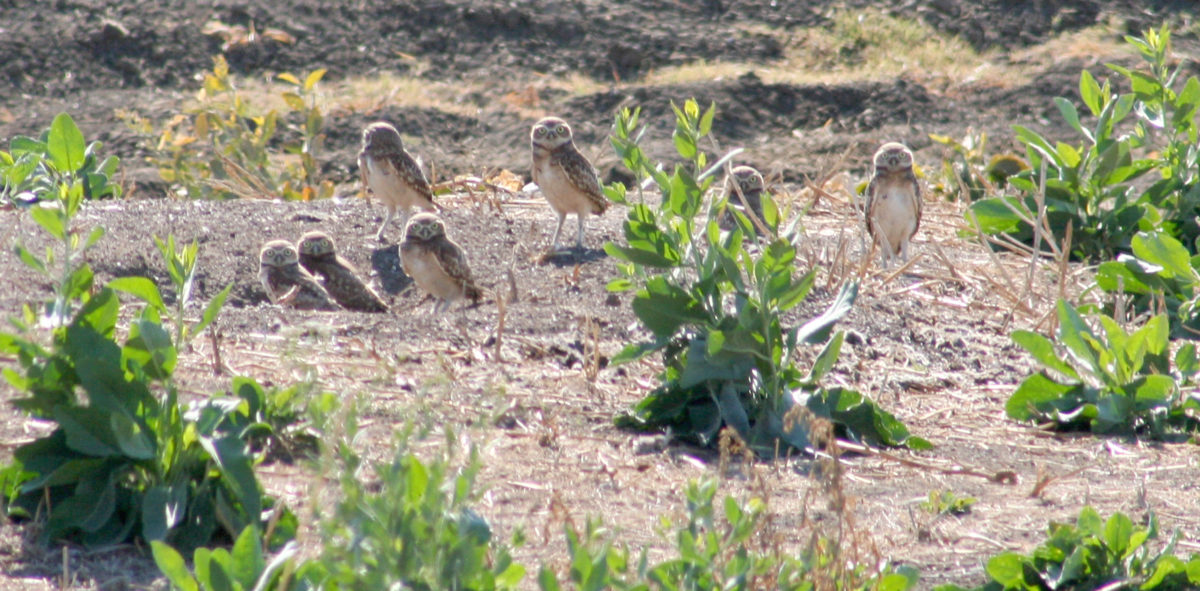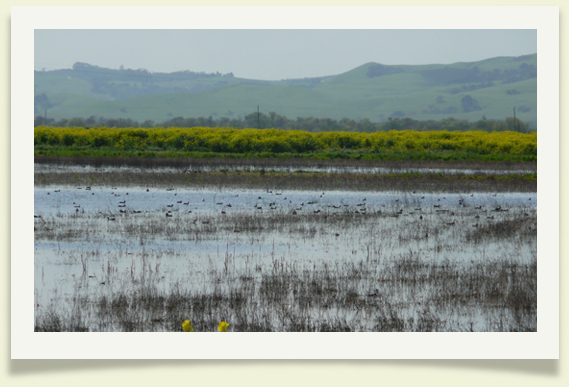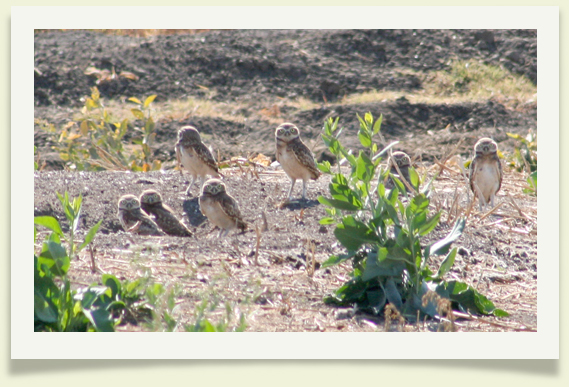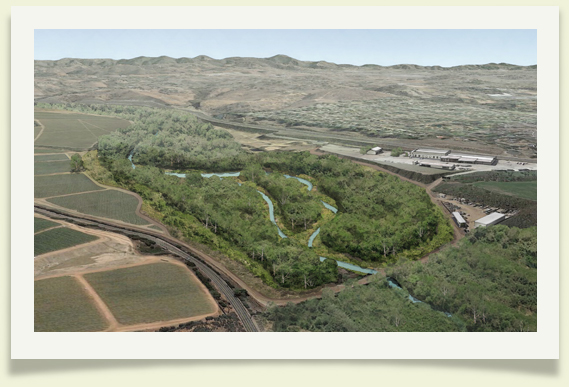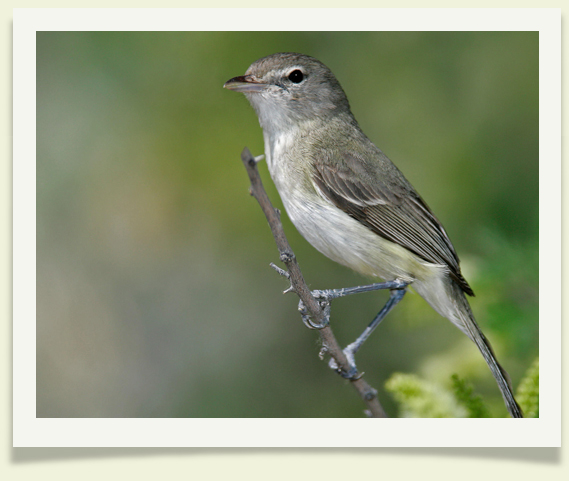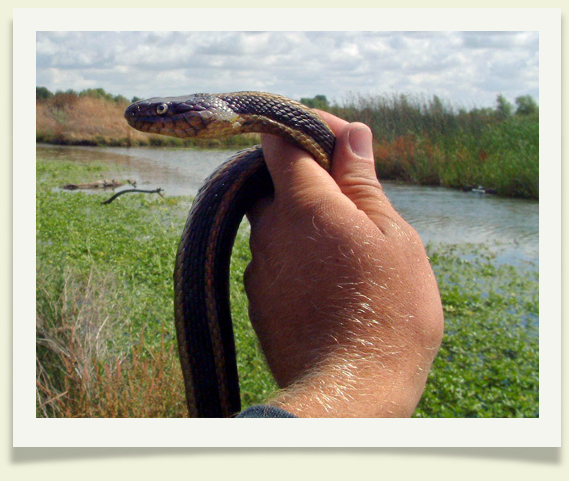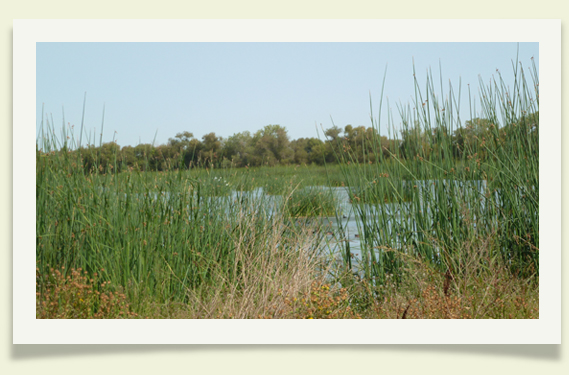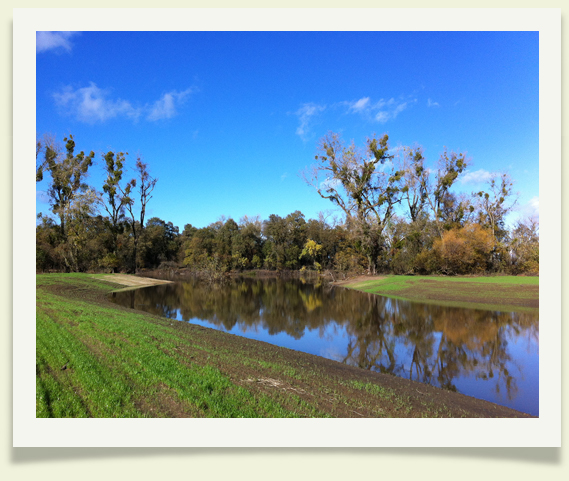With over 90 mitigation projects, Wildlands has protected over 45,000 acres of habitat for sensitive species throughout the west coast. Although mitigation and conservation banks are established for specific species or habitat types, there are often additional underlying benefits not recognized through the sale of mitigation and conservation credits.
Case Study #1
Pajaro River Mitigation Bank
San Benito County, California
Pajaro River Mitigation Bank was established to preserve existing natural wetlands and construct seasonal marsh, semi-permanent emergent marsh, and seasonally open water/mudflat habitats on the 273-acre site. The Bank is approved by the U.S. Army Corps of Engineers (“USACE”) to sell jurisdictional wetlands and waters mitigation credits. As an added benefit, the Bank provides some of the highest quality habitat for waterfowl and other wildlife in the region, including valuable wintering and breeding habitat for the western burrowing owl, a California species of special concern.
Pajaro River Mitigation Bank Wetlands
Western Burrowing Owls
Case Study #2
San Luis Rey Mitigation Bank
San Diego County, California
The 53-acre San Luis Rey Mitigation Bank is approved by USACE and California Department of Fish and Wildlife (“CDFW”) to sell mitigation credits for permitted impacts to federal and state jurisdictional wetlands and waters. The Bank was designed to rehabilitate and reestablish the historic floodplain on an important stretch of the San Luis Rey River. The increase in riparian vegetation also provides important habitat for state and federally listed endangered species including the southwestern willow flycatcher, arroyo toad, and least Bell’s vireo, which has been documented on-site.
San Luis Rey Mitigation Bank Post-Restoration Rendering
Least Bell’s Vireo
Case Study #3
Ridge Cut GGS Conservation Bank
Yolo County, California
The 186-acre Ridge Cut Giant Garter Snake (“GGS”) Conservation Bank is approved by the U.S. Fish and Wildlife Service (“USFWS”) to sell conservation credits for permitted impacts to GGS habitat. Habitats created onsite contains open water in the center, perennial marsh around the open water, and a sinuous perimeter of upland habitat to benefit GGS. In addition to the permanent protection of year-round habitat for GGS, over 100 acres of restored marsh also benefits waterfowl, the western pond turtle, tricolored blackbird, and white-faced ibis.
Giant Garter Snake
Marsh Habitat at Ridge Gut GGS Conservation Bank
Case Study #4
Fremont Landing Conservation Bank
Yolo County, California
Fremont Landing Conservation Bank is approved by the National Marine Fisheries Service (“NMFS”) to offer riparian floodplain and shaded riverine aquatic credits to compensate for impacts to federally listed steelhead and salmon habitat. Bank activities included the preservation, restoration, and enhancement of 100 acres of floodplain riparian designed to provide juvenile salmon rearing and refuge habitat. In addition to providing NMFS-approved mitigation solutions, USACE and CDFW have also authorized project proponents to use the Bank on a case-by-case basis for Clean Water Act Section 404 permits and impacts permitted under Streambed Alteration Agreements. Another added benefit provided by this species bank is the important habitat for the Swainson’s hawk, a California species of special concern, which has been documented breeding and foraging on the Bank site.
Constructed Channel at Fremont Landing Conservation Bank
Juvenile Chinook Salmon Observed During Fish Surveying at Fremont Landing
Swainson’s Hawk

